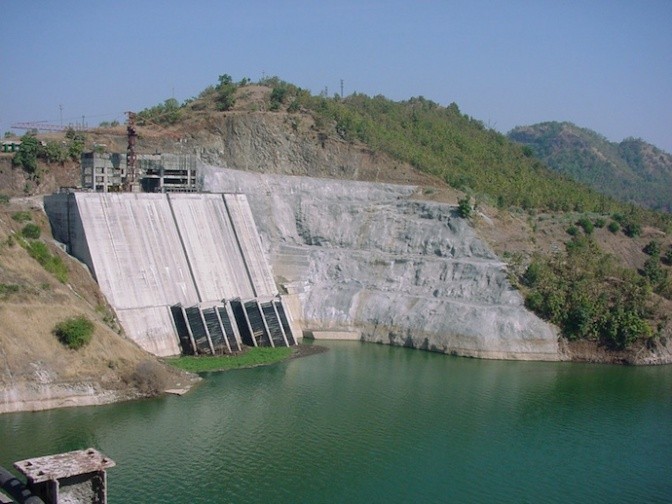This blog post was written in response to the question "Should we build more large dams" as part of a series of responses for World Water Day 2014.
“Should we build more large dams?” It's probably the wrong question.
The question we should be asking decision-makers, governments and ourselves is: What do societies and economies reasonably require in terms of water resources and energy production? This, of course, leads to follow-up questions. What are the options to meet such demands sustainably and in a world of changing climate and hydrology? What is a reasonable price to pay, economically, socially and environmentally for these services? Are there other options to provide such services, and what is the price tag attached to those options?
Water storage and hydropower dams can make a lot of sense and be the right choices for water, food and energy security – but only when done right in the right places. Put in the wrong place, a dam can have devastating consequences. How does anyone make that critical distinction? There are clear sustainability criteria, as outlined by the World Commission on Dams in 2001, under which such projects can be designed. The Hydropower Sustainability Assessment Protocol (2011) operationalizes these guiding principles for early stage planning, preparation, implementation and operation of hydropower projects.
However, dams always come with impacts and costs. And the equation “small dams equal small impact” does not hold. Why? Small dams have the habit of coming in large numbers, thus the resulting cumulative impact of small dams may be massively damaging – fragmenting a river and cutting fish migration routes. It has been shown that the overall “impact-per-dam footprint” of small dams can be very unfavorable compared to their bigger brothers, especially when compared to their delivery of the same service (for example, impact per kWh production).
So, the crucial questions are whether a dam is the right choice to deliver a reasonable and justified service (water storage, energy, transportation, flood protection), and where the dam is located within a river system. These are questions that should not to be answered dam-by-dam, but by strategic master-planning exercises, usually at the scale of an entire river basin.
(You didn’t really think it would be a simple “yes” or “no,” did you?)




/index.jpg?itok=EzuBHOXY&c=feafd7f5ab7d60c363652d23929d0aee)
















Comments
Dams have been there for centuries and I think they will exist similarly. There are always adverse consequences of building dams. The difference between now and several centuries ago that, in the past, downstream impacts and environmental consequences were not a big deal. Who cared after all even if a handful of people and cattles ware washed away? What makes the damages much severe now than before is that our planet is highly populated then before and the climate change is a reality than a fiction. From this point of view, I understand the anti-dam movements that surges intermittently.
But on the other hand, the need to meet water and energy needs are far greater than before. I am just wondering why the question is just "do we need dams or nat" in stead of "do we have alternatives to dams or not". Please don't forget that billions of tons of agricultural products set for international transaction are not simply from rainfed agriculture. Most are coming from highly mechanized agricultural businesses that consist of series of dams among other things. Who is going to abandon the already existing hydropower system for energy generation or the would be hydropower system in the wake of global energy shortfall? Even the environmentalists are not pro-oil movement as oil is not only a non-renewable resource but also a danger to environment and human health.
So, do we have alternatives to dams? Some argue to recharge underground water and to reuse, which is sane and environmentally friendly. But from the increasingly business minded global community, including governments of almost all countries, it would be an uphill struggle until alternative technologies of energy or water production come to light. I believe in technology to transform things and change the direction of the tide than the anti-dam movements
Pensar en construir presas, sin tener en cuenta el entorno, es un grave problema, pues la deforestación, la erosión y el déficit de bosque, de las partes altas, tendrá graves repercusiones en el futuro sobre la vida útil de la presa. Por otra parte, los usufructuados de las presas, no miran sino la producción de la energia en el sitio o la cantidad de agua que se almacenara si es para el aprovechamiento del agua dejando de un lado , o mejor no les interesa lo que sucede aguas arriba de la presa, en donde se genera el agua. Pienso que no es una visión integral de la presa, que debe revisarse y tener muy en cuenta.
Add new comment